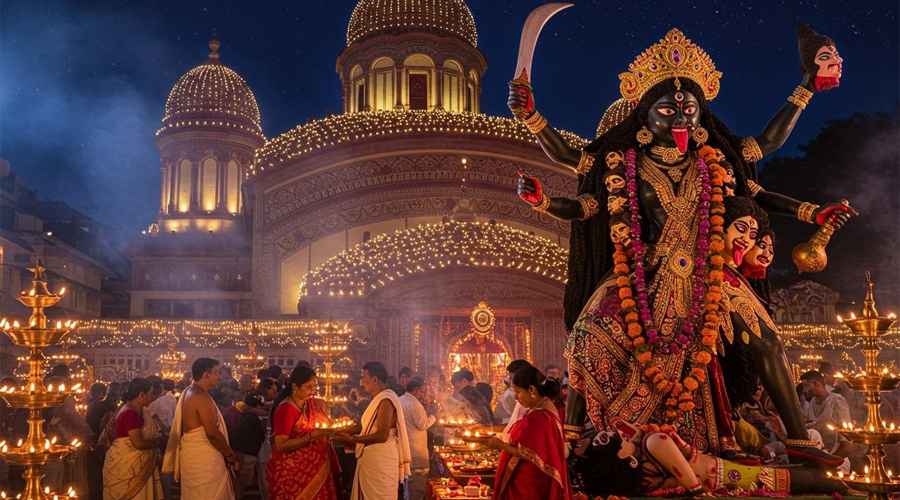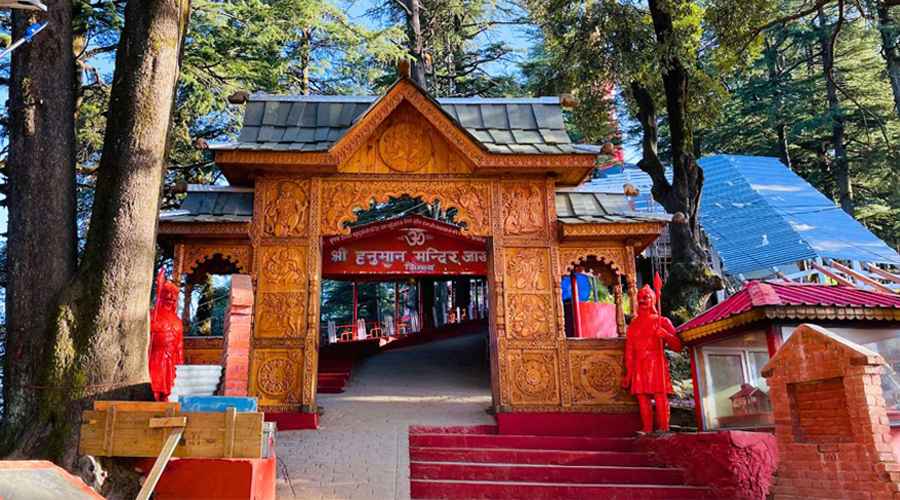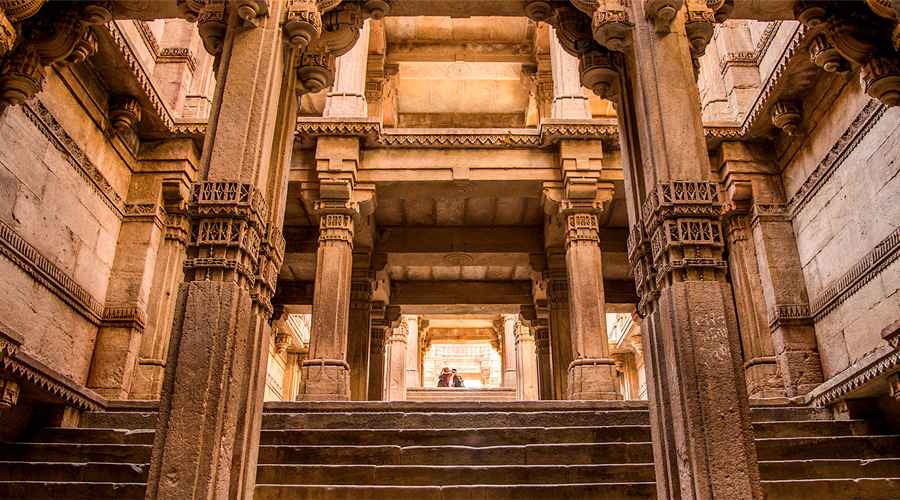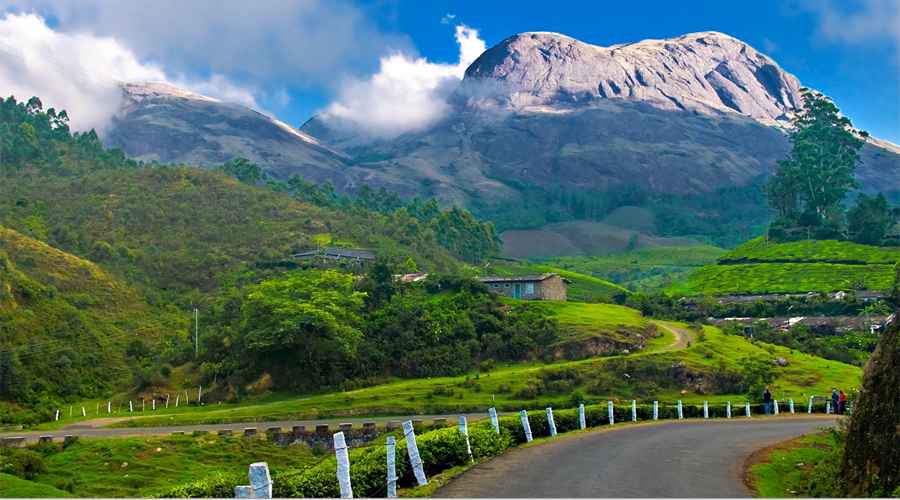Tirupati Balaji Temple, also known as the Sri Venkateswara Temple, is one of the most sacred and visited Hindu shrines in the world. Dedicated to Lord Venkateswara, an incarnation of Lord Vishnu, the temple sits majestically atop the Tirumala Hills near Tirupati in Andhra Pradesh. Every year, millions of devotees from India and abroad make a pilgrimage to this hill temple to seek blessings and experience profound spiritual peace. Beyond its religious significance, Tirupati Balaji stands as a remarkable symbol of South Indian architecture, culture, and devotion that has prevailed for centuries.
The Legend Behind Tirupati Balaji
The origin of the Tirupati Balaji Temple is shrouded in mythological tales rooted in Hindu scriptures. According to legend, Lord Vishnu descended to Earth in the form of Lord Venkateswara to save mankind from trials and troubles during the Kali Yuga. It is said that He appeared on the hills of Tirumala to answer the prayers of His devotees who sought His eternal protection and blessings.
A famous story narrates that the Lord took a massive loan from Kubera, the god of wealth, to meet the expenses of His marriage with Goddess Padmavati. Devotees believe that their offerings at the temple contribute to repaying this celestial debt, explaining why Tirupati is one of the richest religious institutions in the world.
Another tale connects the temple’s origin with the legend of Lord Vishnu taking abode on the Venkatadri hill to bless humanity. Ancient scriptures such as the Varaha Purana and Bhavishyottara Purana mention Tirupati as Vaikuntam on Earth, signifying that devotees who visit it attain salvation.
Architecture and Temple Complex
The Tirupati Balaji Temple is an architectural marvel built in the traditional Dravidian style. The main sanctum, known as the Ananda Nilayam, is adorned with a golden dome and intricate carvings that reflect the skilled craftsmanship of ancient times. The sanctum sanctorum houses the deity of Lord Venkateswara, standing about 9 feet tall, adorned with exquisite jewelry and embedded weapons symbolizing protection and prosperity.
Within the temple complex, several mandapams (halls) serve different ritualistic purposes. The Ranga Mandapam and Kalyana Mandapam are often used during ceremonial occasions. The towering Gopuram at the entrance, intricately decorated with depictions of celestial beings and mythological events, forms a grand visual experience for anyone approaching the temple.
Beyond the main shrine, the Tirumala temple complex also includes smaller shrines dedicated to Lord Rama, Lord Krishna, and Goddess Lakshmi. The temple administration, known as the Tirumala Tirupati Devasthanams (TTD), maintains the premises with remarkable efficiency, ensuring a smooth experience for millions of visitors daily.
Rituals and Darshan at Tirumala
Devotees who visit the Tirupati Balaji Temple undertake the sacred Darshan – a direct view of the deity. The main deity is said to radiate an inexplicable energy that fills visitors with devotion and peace. Pilgrims often follow an ancient custom of walking barefoot up the hill, a journey known as Padayatra, symbolizing devotion and surrender to the Lord.
A highlight of the temple rituals is the Suprabhatam, a melodious hymn recited early in the morning to awaken the Lord. Devotees also participate in ceremonies like Archana, Abhishekam, and Kalyanotsavam—each performed with Vedic precision by temple priests.
The most famous tradition at Tirupati is tonsuring or offering one’s hair to the deity as a mark of humility and gratitude. Both men and women voluntarily shave their heads within the temple premises, thanking the Lord for fulfilling their wishes or seeking His blessings.
Another widely popular practice is offering donations known as Hundika Kanike. These offerings contribute to temple operations and charitable works undertaken by TTD, including free meals, education, and healthcare services for the needy.
Laddu Prasadam – A Symbol of Tirupati
One of the most cherished aspects of the Tirupati experience is receiving the Tirupati Laddu Prasadam. These laddus, made from gram flour, sugar, ghee, cashews, and cardamom, carry immense religious value and are considered sacred gifts from Lord Balaji. The temple’s laddu-making unit can produce hundreds of thousands of laddus daily, making it one of the largest prasadam operations globally. Each devotee returning home with the laddu feels a sense of joy and fulfillment, viewing it as a token of divine blessing.
Festivals and Celebrations
The Tirupati Balaji Temple hosts numerous festivals that draw vast crowds of devotees throughout the year. Among the most significant is Brahmotsavam, a nine-day festival celebrated annually with grandeur. It features processions of the deity on various divine vehicles around the temple complex, accompanied by Vedic chants and devotional music. Other major festivals include Vaikuntha Ekadasi, Rathasapthami, and Pavitrotsavam, each symbolizing deep spiritual meaning and divine celebration.
During these festivals, Tirumala transforms into a divine spectacle—streets decked with flowers, devotional music echoing through the hills, and pilgrims participating in rituals with immense enthusiasm.
Visiting Tirupati – Travel and Accommodation
Reaching Tirupati Balaji Temple is convenient due to its well-connected transport network. Tirupati town, at the foothills of Tirumala, has a railway station and an airport that connects major cities like Chennai, Bengaluru, and Hyderabad. The uphill journey to the temple can be made by road or on foot via dedicated pedestrian routes.
The TTD offers excellent accommodation facilities for pilgrims, from budget rooms to guesthouses. Besides, private hotels and lodges in Tirupati town cater to tourists of all categories. Free meals, known as Anna Prasadam, are served to all visitors, a testament to the temple’s commitment to service and equality.
Spiritual Significance and Global Recognition
Tirupati Balaji is not just a temple—it is a center of faith, culture, and spiritual awakening. Its influence extends beyond religion, symbolizing devotion that transcends caste, creed, and nationality. The temple’s management has also made strides in preserving the environment through eco-friendly initiatives such as solar energy use, clean water projects, and waste management programs.
Over the years, Tirupati has gained international recognition not only for its wealth and grandeur but for the immense collective devotion that sustains it. To every devotee, one visit to Lord Venkateswara’s abode is an experience of divine connection that stays etched in memory forever.








